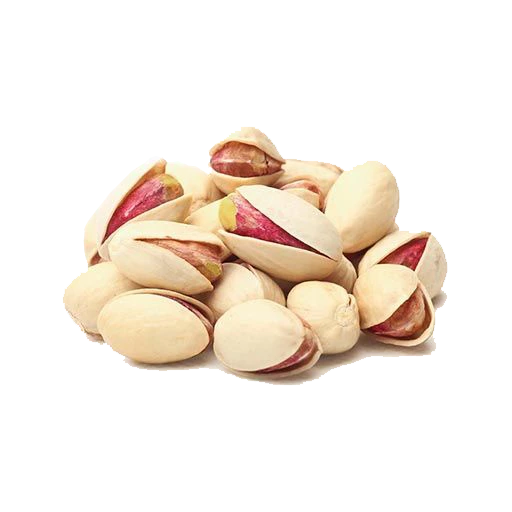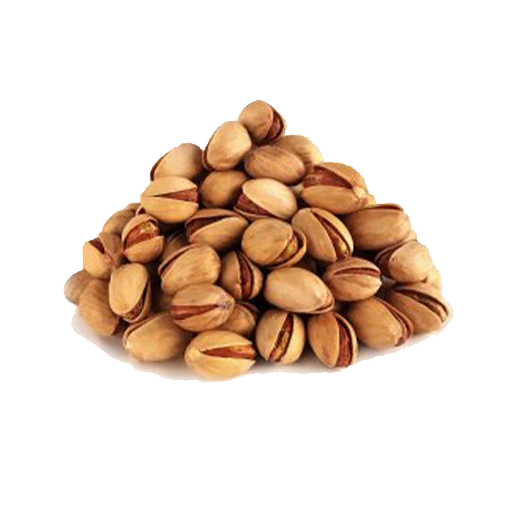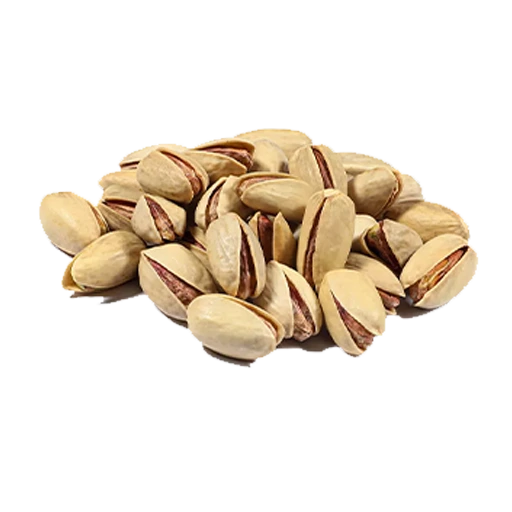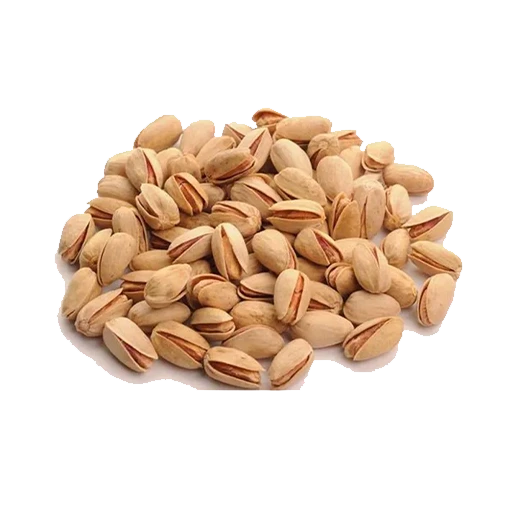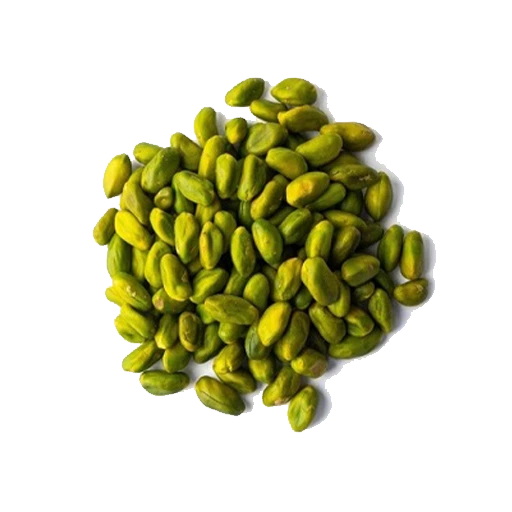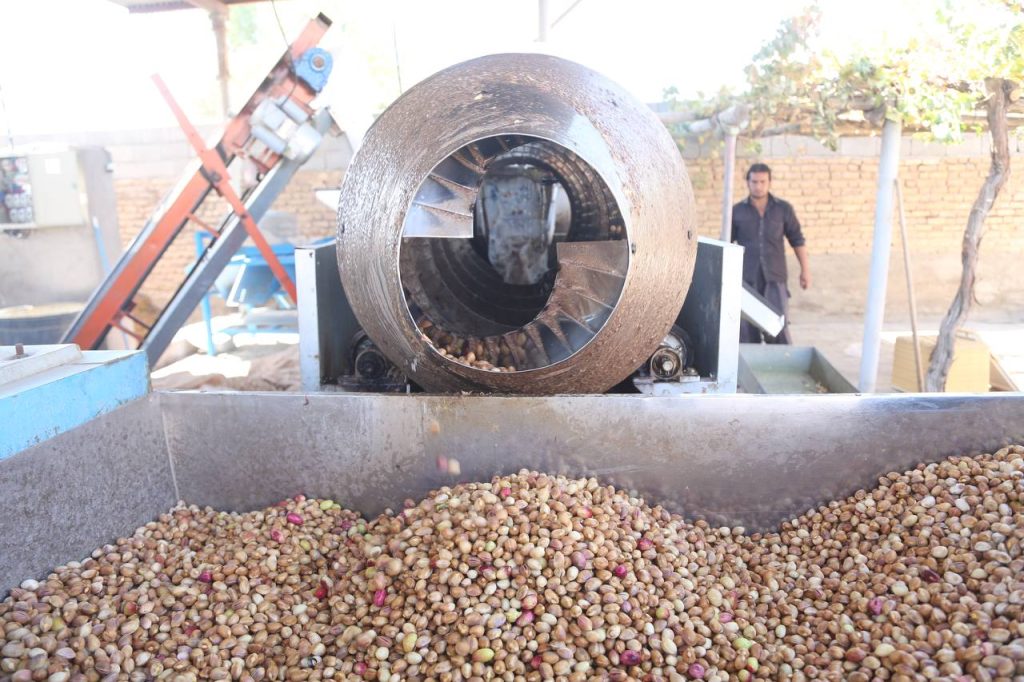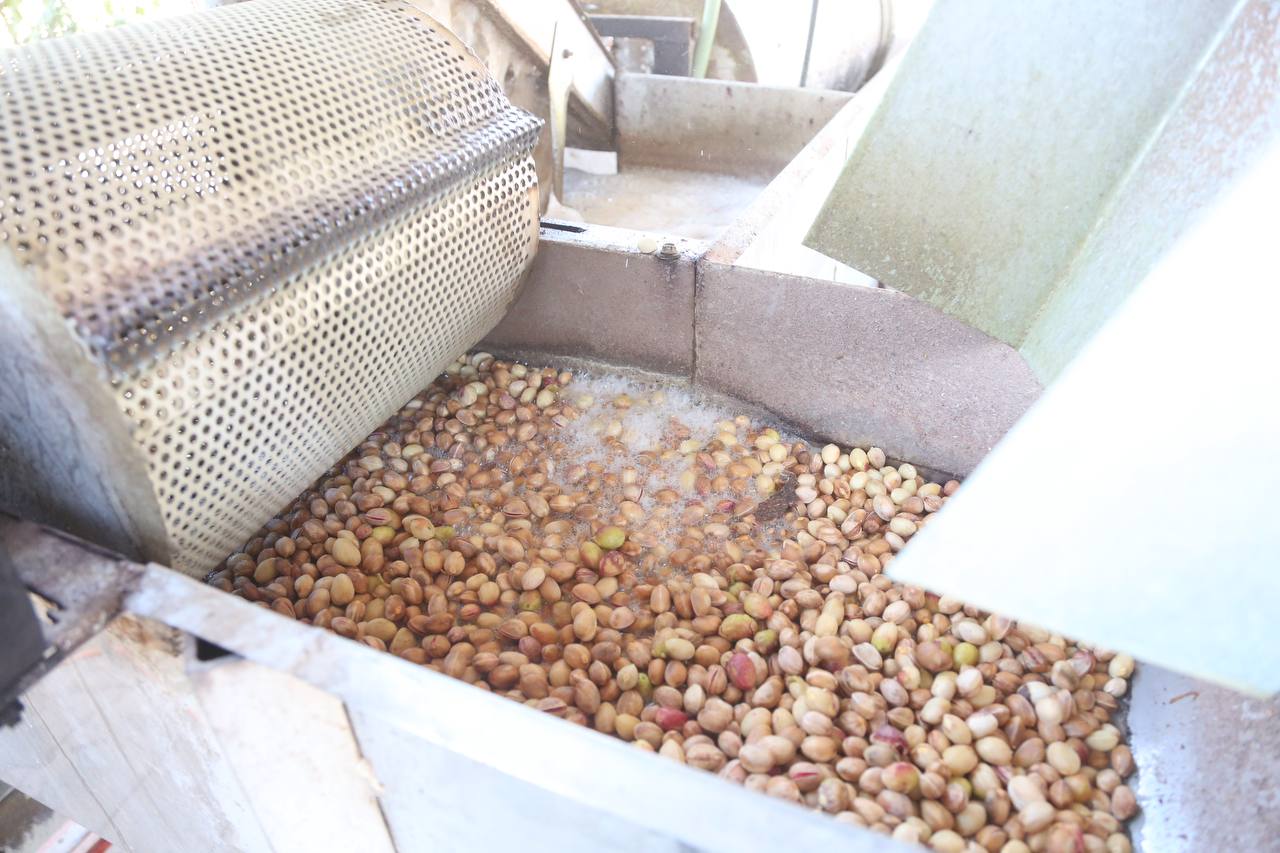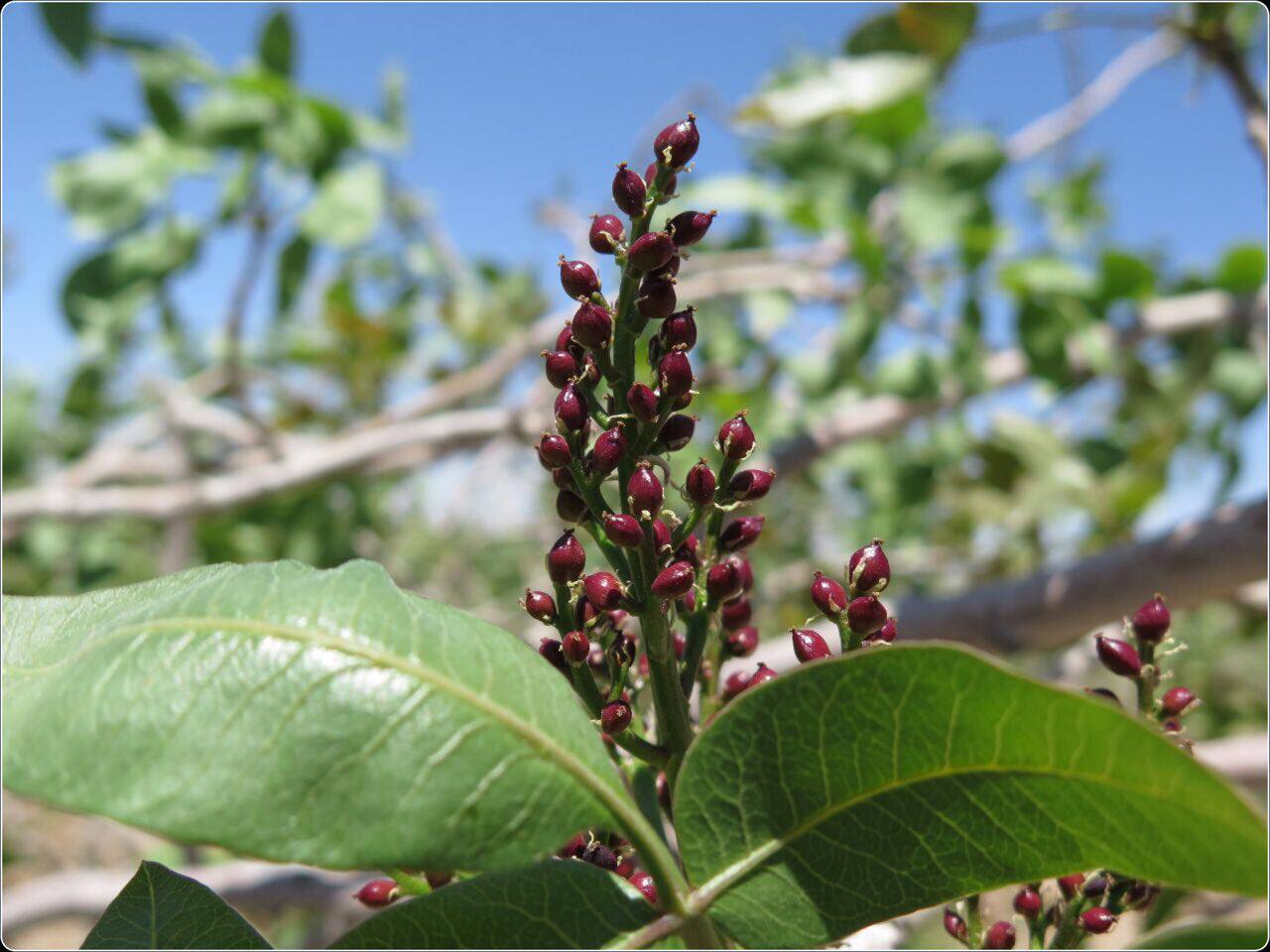Sorting techniques and quality control are critical steps that ensure pistachios meet international standards, satisfy consumer expectations, and retain their value in both domestic and export markets.
The Importance of Sorting
Sorting is the process of separating pistachios based on size, shell color, kernel integrity, and other quality indicators. This step is essential because pistachios harvested from the orchard vary in size and appearance. Proper sorting enhances visual appeal, ensures consistency, and directly impacts pricing.
High-quality pistachios with uniform size, intact shells, and healthy kernels are highly valued in gourmet markets. Conversely, undersized, damaged, or discolored nuts can lower the perceived quality and reduce market price. Effective sorting ensures that each batch meets the expectations of buyers and aligns with export regulations.
Manual Sorting vs. Mechanical Sorting
Sorting can be done manually or mechanically, depending on the scale of production.
Manual Sorting: Skilled workers visually inspect pistachios, removing defective or damaged nuts. Manual sorting is precise, allowing careful attention to subtle imperfections, such as small cracks or discoloration. While labor-intensive, this method is often used for premium-grade pistachios destined for high-end markets.
Mechanical Sorting: Modern facilities use machines equipped with optical sensors, cameras, and air jets to sort large volumes of pistachios efficiently. These machines categorize nuts based on size, color, and defect detection, providing consistency and speed. Mechanical sorting reduces human error and allows producers to handle large-scale operations while maintaining quality.
Size and Kernel Integrity
Size is a critical factor in sorting. Pistachios are separated into categories, typically small, medium, and large. Larger nuts are preferred for export and luxury markets, while smaller nuts may be used in processing, confectionery, or local sales.
Kernel integrity is equally important. Inspectors and machines check for broken, shriveled, or discolored kernels. Nuts with intact, full kernels are retained for premium batches, while defective ones are segregated. Sorting by size and kernel integrity ensures uniformity, which is crucial for packaging and pricing.
Shell Color and Aesthetic Quality
Shell color plays a significant role in consumer perception. Light, consistent-colored shells are associated with higher quality, while dark or stained shells may be considered lower-grade. Advanced optical sorting machines can detect even subtle differences in shell color, removing nuts that do not meet visual standards.
Aesthetic quality influences not only consumer preference but also marketability in international markets. Well-sorted pistachios are more visually appealing in packaging, gift sets, and gourmet presentations.
Quality Control Measures
Quality control is integrated throughout the sorting process to ensure compliance with international standards. Measures include:
Moisture Testing: Ensuring that pistachios have optimal moisture content to prevent mold or spoilage.
Defect Detection: Identifying nuts that are broken, discolored, or infested by pests.
Split Percentage Evaluation: Determining the proportion of naturally split nuts, which are highly valued in export markets.
Sampling and Inspection: Random samples are tested regularly to maintain consistency across batches.
Quality control ensures that only premium pistachios proceed to packaging and export, safeguarding both brand reputation and consumer satisfaction.
Technology in Sorting and Quality Control
Modern sorting facilities utilize advanced technology to enhance precision and efficiency. Optical sorters, laser scanners, and X-ray machines can detect imperfections invisible to the naked eye. Automated systems reduce labor costs, increase throughput, and maintain consistent quality across large production volumes.
Data analytics also plays a role in quality control. Producers can track defect rates, monitor moisture levels, and assess kernel size distribution, enabling continuous improvement in sorting processes. Technology ensures that every batch of pistachios meets both domestic and international quality expectations.
Challenges in Sorting and Maintaining Quality
Despite technological advancements, sorting and quality control present challenges. Variations in kernel size, shell thickness, and color require careful calibration of machinery. Environmental factors such as humidity and temperature can affect nut quality during processing.
Additionally, human oversight remains critical for identifying subtle defects and ensuring compliance with grading standards. Balancing automation with skilled manual inspection is essential for maintaining premium quality.
Impact on Export and Market Value
Proper sorting and quality control directly influence pistachio pricing and marketability. Premium-grade nuts with uniform size, healthy kernels, and appealing shells command higher prices in both domestic and international markets.
Exporters rely on consistent sorting practices to meet buyer specifications and comply with regulations regarding quality and safety. A well-sorted batch enhances consumer trust, strengthens brand reputation, and ensures successful market penetration.
Best Practices for Effective Sorting
To maximize quality and efficiency, producers should adopt best practices:
Integrate Manual and Mechanical Sorting: Combine human inspection with automated systems for precision and efficiency.
Regular Equipment Calibration: Ensure machines are adjusted for size, color, and defect detection standards.
Continuous Quality Monitoring: Sample batches frequently to identify and correct deviations.
Employee Training: Skilled staff are essential for manual sorting and oversight.
Data-Driven Decision Making: Use analytics to optimize sorting parameters and maintain consistent quality.
Adhering to these practices ensures that pistachios maintain flavor, texture, and visual appeal while meeting export requirements.
Conclusion
Sorting techniques and quality control are fundamental steps in producing premium pistachios. By carefully separating nuts based on size, kernel integrity, and shell color, producers ensure consistency, enhance marketability, and meet international standards. Advanced technology, combined with skilled manual inspection, allows for efficient sorting at large scales without compromising quality.
Producers who prioritize rigorous sorting and quality control can deliver pistachios that satisfy both domestic and global consumers. Understanding these processes highlights why premium pistachios command higher prices and maintain a strong presence in competitive markets worldwide

